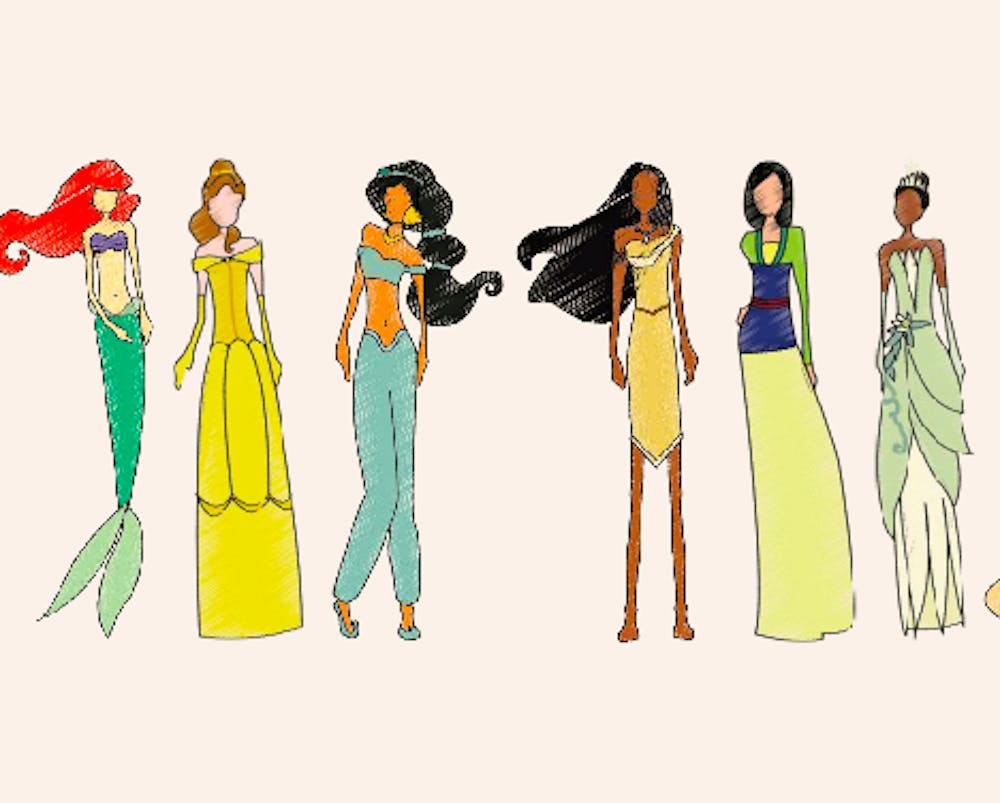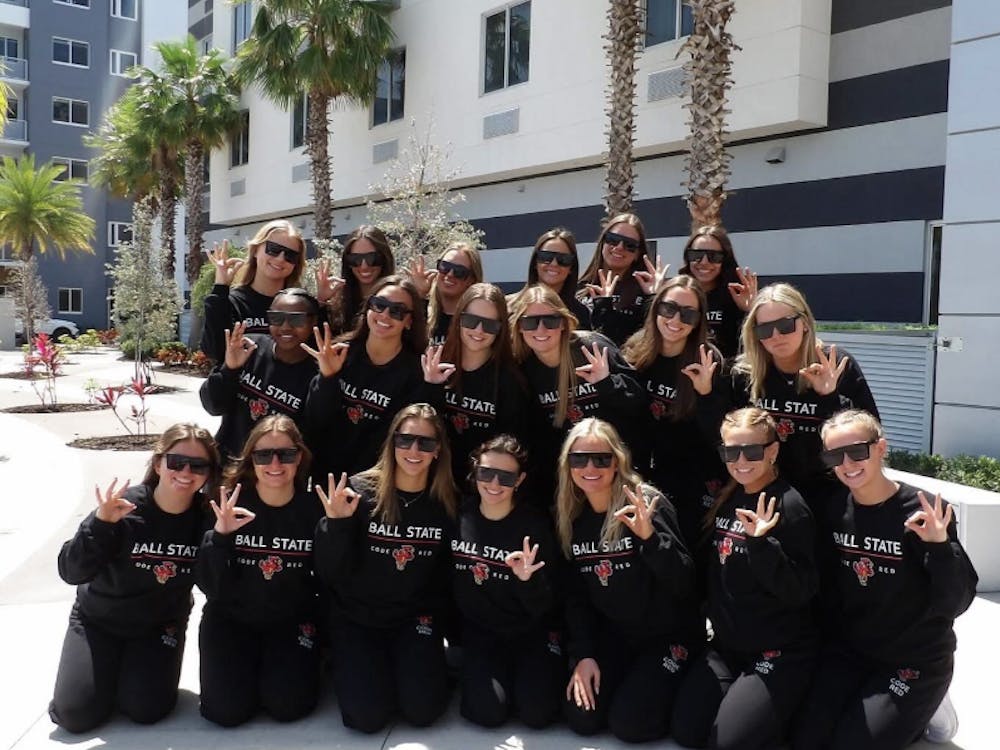When the word princess comes to the mind of young girls most of them might think of their favorite Disney princess whether it is Jasmine, Ariel, Belle, Pocahontas, Mulan or others. Young girls all over the world have watched the Disney classics in which one of the main roles is portrayed by a young, sweet and beautiful girl. These girls are seen as princesses and are often of different ethnicities and cultures.
The influence that Disney plays in the lives of young girls who are watching the movies is big. For many, this may be a time where they can feel a connection and become proud of their ethnicity. Professor Sarah Haley at Ball State teaches a course for the Honors College named Disney Mystique. In the course, discussions about several Disney issues take place in the class, and one of them is the ethnicity of the princesses and how Disney represents it.
Haley thinks that Disney has made a pretty good effort in trying to show young girls different ethnic backgrounds that they can relate to or learn about. However, Haley thinks there needs to be more cultural and ethnic research in part of Disney.
“They have to make room to dig deeper into cultures in order to develop the characters,” Haley said.
She believes that the right presentation of the culture and ethnicity the princesses portray should be key goal for Disney. “They don’t need to just create a character and give it a skin tone,” Haley said.
Despite the bad and good feedback that Disney receives from the public for how they represent the cultures and ethnicities in the princess, millions of girls have grown up watching these movies as they come out.
Sarah England was born in the United States, but is half Chinese and Taiwanese. England, grad student public relations major, watched Mulan when it first came out in 1998. “It’s my favorite Disney movie,” England said.
Yinglu Liu, sophomore telecommunications major, who has lived in China can recall it being a big deal there. Liu said young girls preferred watching Mulan instead of other Disney movies because they could relate to it.
Both Liu and England think that the movie excludes parts of the real legend, which can take away from some important aspects of the Chinese culture. However, they both agree that it is great movie and that aspects of the Chinese culture were able to be seen by many around the world because of the movie.
“It was nice of them to highlight our culture,” England said.
Mulan is one out of the four Disney princesses that are not Caucasian. The latest movie to have a Disney be of a different ethnicity is The Princess and the Frog. The movie came out in 2009, and it showcased the first African American Disney princess who is named Tiana.
Iniki Alexander, freshman accounting major, was excited when the movie came out. Alexander was glad that Disney had finally decided to make one of the princesses be of an African American ethnicity. She thinks that when the movie came out many young African American girls were anxious to see Tiana as princess and were proud that they were going to have a Disney princess who represented their ethnicity.
“My niece was so excited to go see the movie,” Alexander said.
There is not any news of Disney coming out with another movie in which the princess will be an ethnicity that has not been represented, but Haley encourages them to do so because it can be positive learning experience for the young girls and for everyone else that watches Disney movies.
“It’s only benefiting ourselves to be able to see other cultures and ethnicities in the movies,” Haley said.





